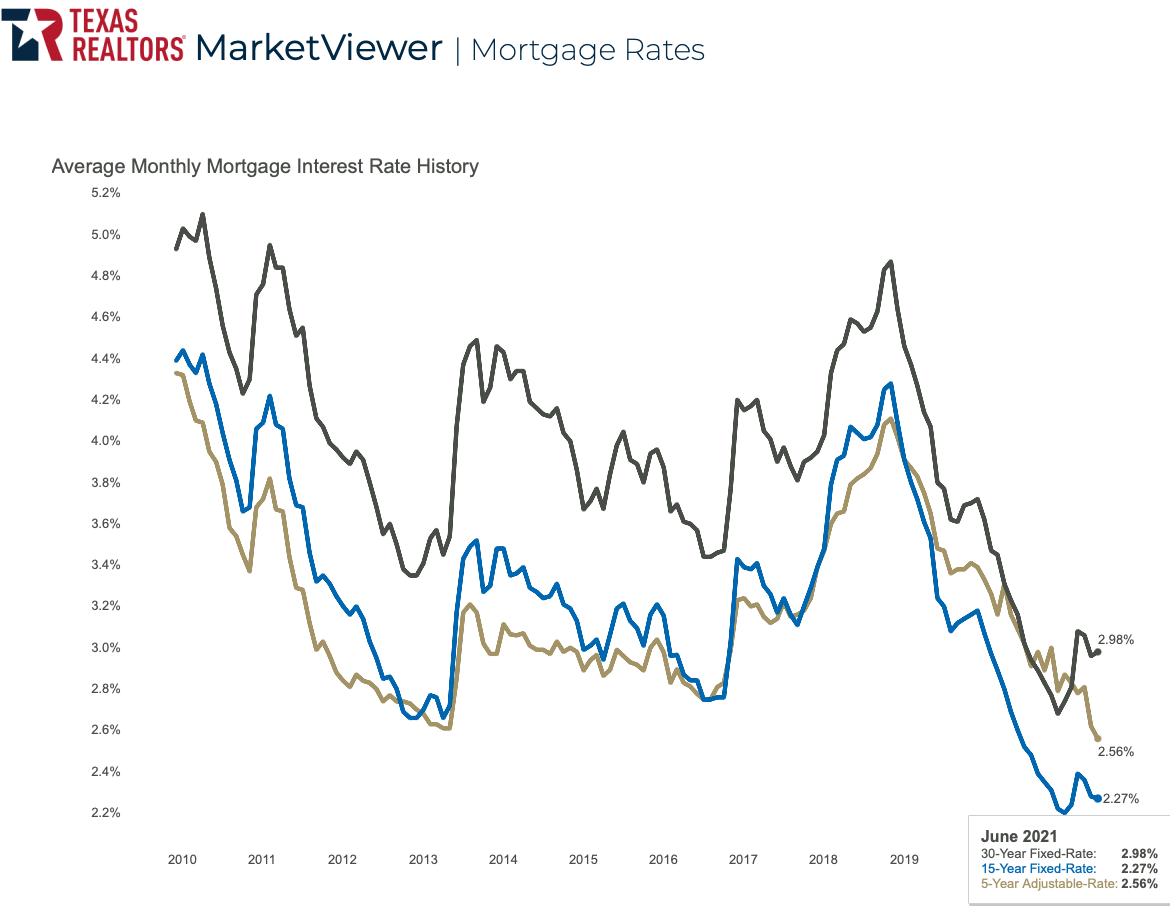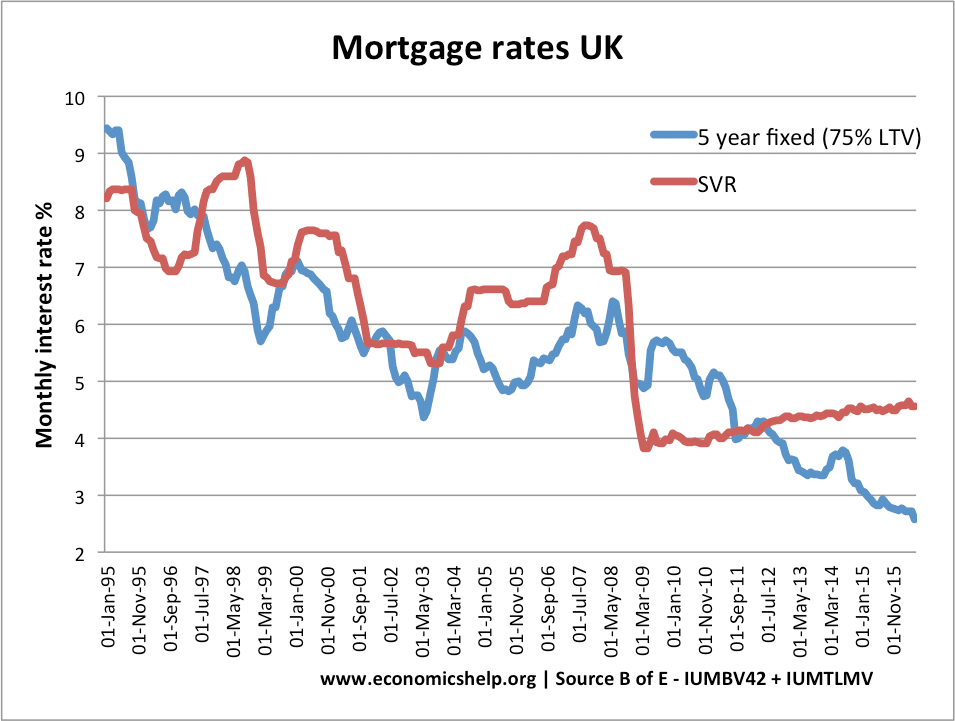


Two tranches in the 'BBB' category were downgraded to speculative-grade (Madison Park Funding XXI Ltd. These downgrade rates include tranches downgraded within the rating category. Outside of the 'CCC' category, the 'BBB' rating category experienced the highest rate of downgrades, at 0.30%, followed closely by the 'BB' category at 0.28% and the 'B' category at 0.20% (see chart 5). (For more information on the average change in credit quality, see Appendix I.)įewer than 20 CLO tranches were downgraded in 2021 (including defaults), compared with more than 500 in 2020.
MORTGAGE DEFAULTS 2021 UPGRADE
The CLO upgrade rate increased to 4.1% in 2021 (from 0.37% in 2020)-the highest rate since 2017-as global economies increasingly reopened and business activity recovered following the pandemic-related shutdowns of 2020.or European leveraged loan CLO tranche originally rated 'AAA' has ever defaulted.Įconomic And Business Recovery Supported Ratings There were no defaults of investment-grade ('BBB-' or higher) CLO ratings in 2021, and no U.S. Annual CLO default rates have been generally steady throughout the sector's history, with the annual default rate remaining below 0.5% (see chart 3).

Historically, CLO default rates have remained low compared with some other structured finance sectors, like residential mortgage-backed securities. The onset of the COVID-19 pandemic had further weakened vulnerable borrower assets, such as those held by these CLOs (see table 10 in Appendix II for a list of all CLO defaults included in this study). Each of these CLO tranches was initially rated 'BB' or 'B' but had been downgraded to 'CCC+' or lower by the beginning of 2021. CLOs originated in 2013 or 2014, and all five experienced rapid collateral deterioration amid the energy and commodity downturn in 2015-2016 and subsequently the 2020 pandemic. The five CLO tranches that defaulted in 2021 had each shown deterioration in prior years. In a sign of pandemic-related credit weakening, the population of rated CLOs entered 2021 with a higher proportion of tranches rated 'B-' or lower than before the pandemic. Meanwhile, the 'B' category (which is much more broadly held within CLOs) showed a default rate of just 0.52%, considerably lower than its long-term weighted average of 3.18%.ĬLO tranche defaults tend to lag corporate defaults, and the credit quality of CLOs that defaulted in 2021 had weakened during prior periods of credit stress. Furthermore, none of these defaulters was originally rated higher than 'BB'.Ĭorporate defaults in 2021 were unlikely to drag much on CLO performance, given half of the corporate entities that defaulted in 2021 were rated within the lowest rating levels, 'CCC+' and lower, at which CLO managers tend to limit their credit exposures. S&P Global Ratings' CLO ratings remained effective indicators of default risk last year, with each of the defaulting instruments rated 'CCC+' or lower at the beginning of 2021 (see chart 1). The credit quality of each defaulting CLO had weakened during the COVID-19 pandemic as well as in prior downturns. These marked the first defaults of so-called CLO 2.0s, or CLOs originated after the 2008-2009 global financial crisis. With credit quality recovering from the COVID-19 pandemic, the CLO upgrade rate rebounded to 4.1%, its highest in four years.ĭefaults among collateralized loan obligations (CLOs) rated by S&P Global Ratings picked up in 2021 with five tranche defaults.No CLOs rated 'A' or higher were downgraded during the year.The CLO default rate rose to 0.08% in 2021 from 0.02% in 2020, returning nearer to its long-term average of 0.09%.Last year marked the first of the CLO 2.0 defaults, with five tranches lowered to 'D'.


 0 kommentar(er)
0 kommentar(er)
